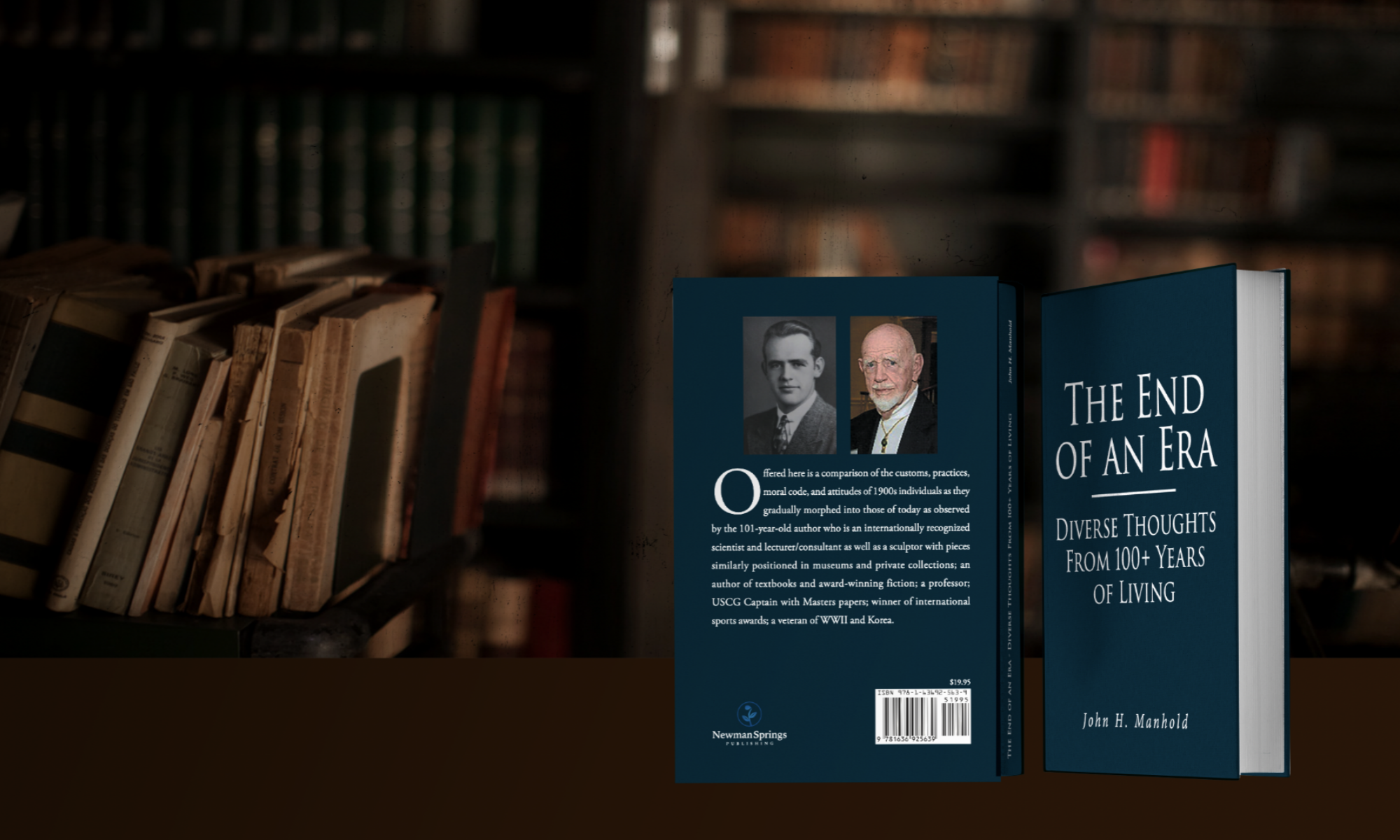FUTURE PROOFING CUBED ISBN: 9798638377168 Bookmark Publishing, Copyright Lcubed Consulting, Inc. written by Iisa L. Levy.
Subtitled Future Proofing Cubed the Definitive Guide to Increasing Productivity, Refining Processes and Bolstering Profitability, the book opens with a dedication; the usual disclaimer; a complementary forward; Introduction; Three sections: 1. Hybrid Consulting that contains two chapters -My Why: Enabling Corporate Success and Lcubed; 2. Future Proofing with five that define traditional consulting, initially describe Lcubed’s Adaptive Transformation, Solving recurrent problems, Desired results and Future Proofing; 3. Enabling Frameworks offers the last five, in turn discussing project management, process and performance management, internal controls, organizational change management, and chapter takeaways; Case Studies; References (16); Resources (4); and About the Author.
Discussion: Although the copyright is more stringent with respect to not allowing “any part of this book to be reproduced or transmitted in any form….”, this reader hopes that reprinting of the author’s ‘different’ and amusing Dedication will be overlooked. It reads “I’d like to dedicate this book to my friends and family who are always supportive of my choices even the ones they don’t understand. My hope is that this book will finally help explain to my parents what I do for a living.” Following this charming note of levity, the content of the volume explains her approach to teaching a business how to Future Proof itself against the ever-increasing number of changes they face as time evolves. The overall concept is to look at your business as a Rubik’s cube. You have all of the pieces and need only to position them to interface correctly. Use of the plan allows you to build a culture that embraces the enormous number of existing recent changes and will increase greatly in the business world as time advances. Granted, use of the Rubik’s cube analogy applies to medium sized businesses that have all of the pieces in place and functioning with a management team, money coming in, etc. With this understanding, she continues to explain that she had ‘spent her time in the trenches’ and gradually evolved her projected program after observing the numerous types of quite disparate software with which companies were faced when attempting to accomplish the various tasks required simply to keep abreast of the changes in the business world as they developed. In fact, most of the time they had been able to assemble the required results only after the data collected were outdated. Thus from her repeated observation, the concept of “Adaptive Transformation” came to mind. The concept, although suddenly appearing to her, perhaps had been un-consciously stored in her mind in that she found a paper on the subject had been published by Stanford Professor Dr. Harold Leavitt in 1964. Regardless, the basis of the concept was to focus energy on building a new project rather than fighting the old, and it fitted well into her line of thinking wherein a series of activities could provide a means for an organization’s structure and culture to survive and advance even when facing tremendous elements of change. Eventually, the whole evolved into her epiphany moment and she decided to construct a software program that would encompass all of the disparate parts and meld them into one bundle.
Summary: The author, has presented details of the birth and evolution of her somewhat unique contribution – the structure, function and successes of a software program that combines and includes all of the usual features considered to be important components of building and maintaining a steady healthy business growth in times of change. There is much redundancy and substantial inclusion of material offered by others in the large number of books covering business maintenance and growth in the seemingly increasingly chaotic business world. However, Lcubed appears to be a knowledgeable organization, founded by a nationally recognized organizational change management authority, with a unique program that offers several advantages not previously made available.
5* Unique offering; -1 for redundancy, not unusual for lecturers.
